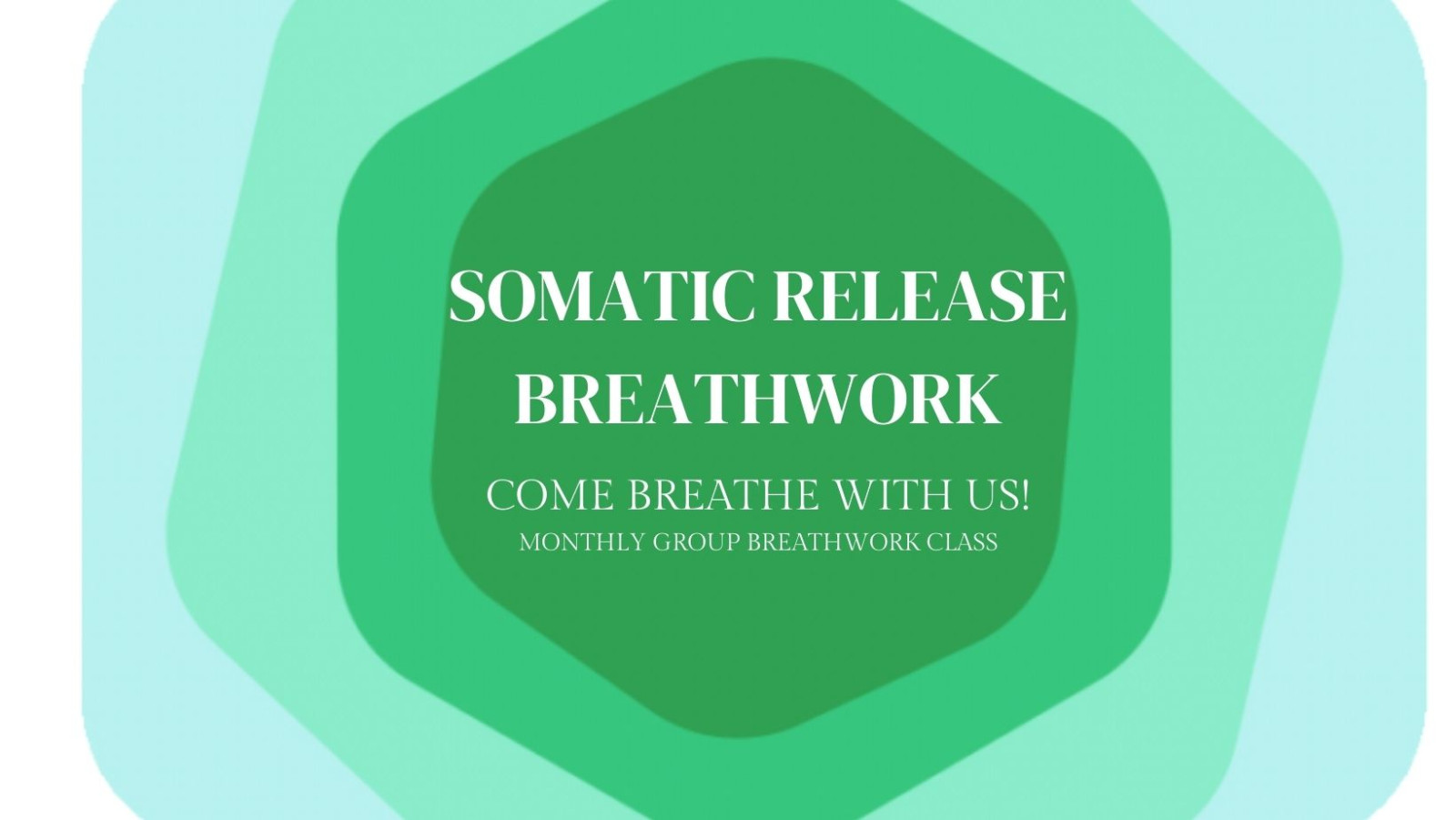
The human body is a complex and dynamic system, intricately interconnected on physical, energetic, and physiological levels. In recent years, scientific inquiry has increasingly turned its focus toward understanding two fascinating aspects of human physiology: the human biofield and heart-brain coherence. This article explores these phenomena, shedding light on their significance and potential implications for health and well-being.
Understanding the Human Biofield
The human biofield refers to the subtle energy field that surrounds and permeates the body, encompassing electromagnetic fields, biophotons, and other forms of energy. While invisible to the naked eye, the biofield is believed to play a fundamental role in regulating physiological processes and maintaining overall health. Research suggests that disruptions or imbalances in the biofield may contribute to various health conditions and disease states.
Research into the human biofield has revealed its intricate connection to the body's organs, tissues, and systems. For example, studies utilizing biofield imaging techniques, such as Gas Discharge Visualization (GDV) and Kirlian photography, have demonstrated distinct energy patterns associated with different states of health and disease. Furthermore, research in the field of bioelectromagnetics has elucidated the role of electromagnetic fields in cellular communication and signaling, highlighting their importance in maintaining homeostasis and vitality.
Heart-Brain Coherence: A Synchronized Symphony
Heart-brain coherence refers to the harmonious alignment and synchronization of the heart and brain's rhythms, leading to optimal physiological functioning and emotional well-being. At the core of heart-brain coherence is the concept of heart rate variability (HRV), which reflects the variation in the intervals between heartbeats. High HRV is associated with enhanced resilience, cognitive function, and emotional regulation, while low HRV is linked to stress, anxiety, and cardiovascular risk.
Emerging research suggests that heart-brain coherence is not merely a physiological phenomenon but also a dynamic interplay between the heart's electromagnetic field and the brain's neural networks. The Institute of HeartMath has conducted extensive research demonstrating the profound influence of emotions, thoughts, and intentions on heart rhythm patterns and overall coherence. Studies utilizing techniques such as heart rate variability biofeedback have shown that individuals can learn to enhance heart-brain coherence through intentional practices, leading to improvements in stress resilience, emotional well-being, and cognitive performance.
Implications for Health and Well-Being
Understanding the human biofield and heart-brain coherence has significant implications for health and well-being. By harnessing the body's innate healing potential and optimizing energetic balance, individuals may experience improvements in physical health, emotional resilience, and cognitive function. Integrative approaches that combine conventional medicine with complementary modalities such as biofield therapy, mindfulness practices, and heart coherence techniques offer promising avenues for promoting holistic wellness and preventing disease.
The exploration of the human biofield and heart-brain coherence represents a frontier of scientific inquiry with profound implications for our understanding of human physiology and consciousness. As research in these areas continues to evolve, we gain deeper insights into the interconnectedness of mind, body, and spirit, paving the way for innovative approaches to health and healing.
References:
1. McCraty, R., & Childre, D. (2010). Coherence: Bridging Personal, Social, and Global Health. Integral Review, 6(2), 6-76.
2. Oschman, J. L. (2009). Energy Medicine in Therapeutics and Human Performance. Butterworth-Heinemann.
3. HeartMath Institute. (n.d.). Research Library. Retrieved from https://www.heartmath.org/research/research-library/.
4. McCraty, R., & Zayas, M. A. (2014). Cardiac coherence, self-regulation, autonomic stability, and psychosocial well-being. Frontiers in Psychology, 5, 1090. https://doi.org/10.3389/fpsyg.2014.01090.












